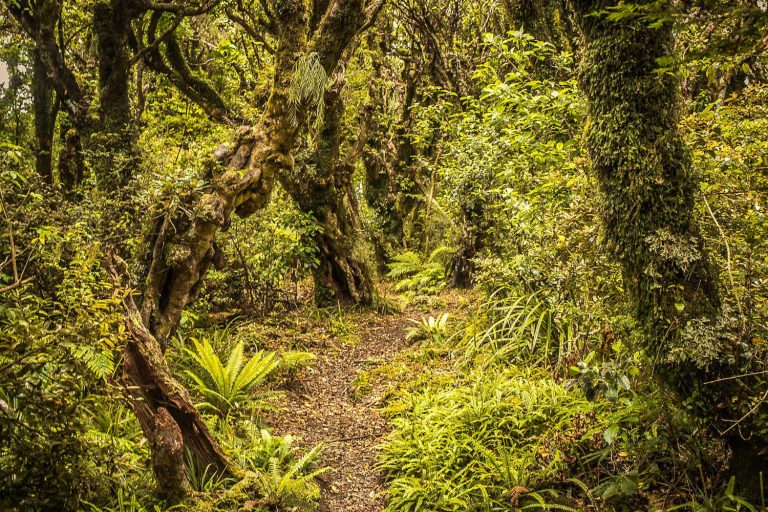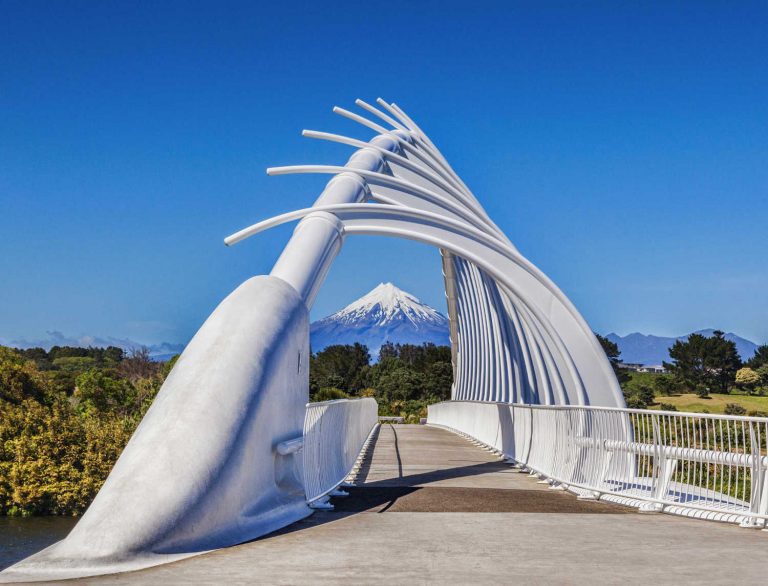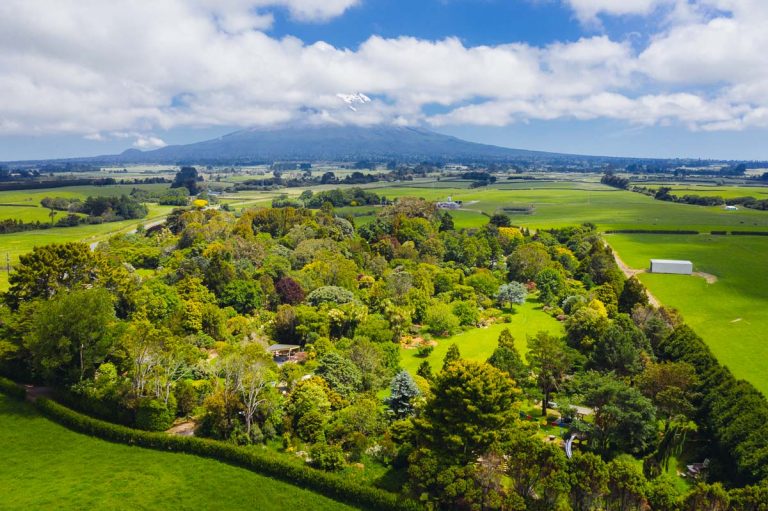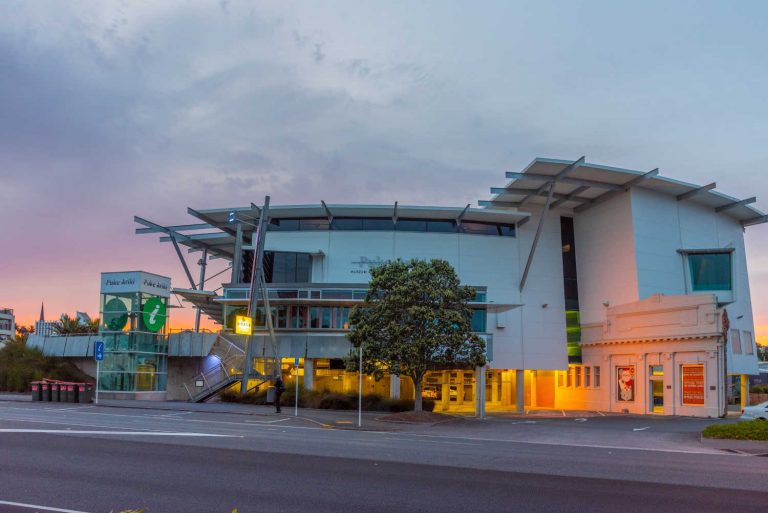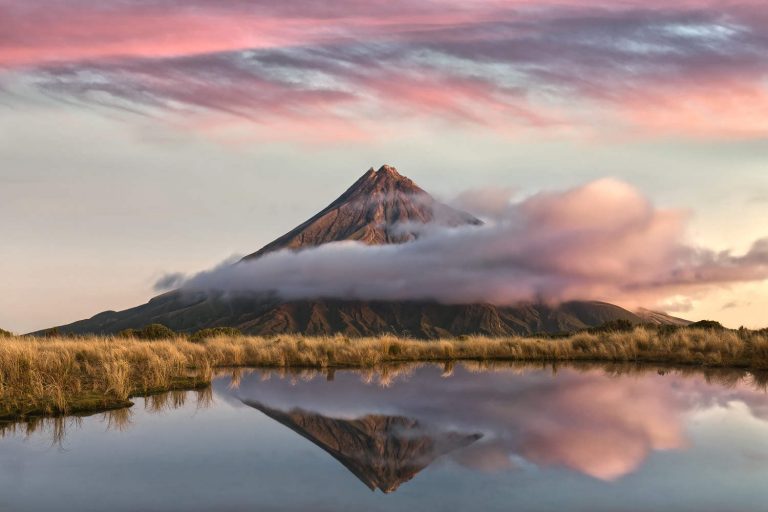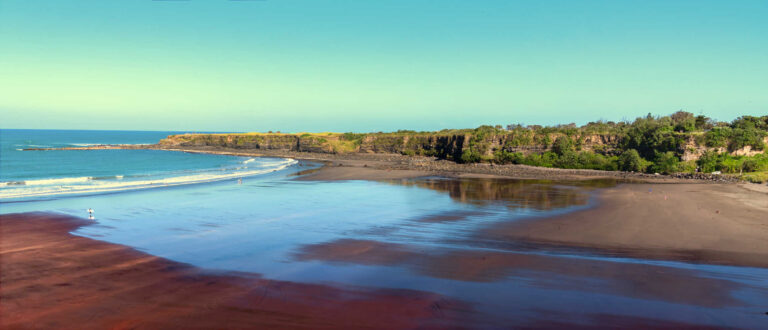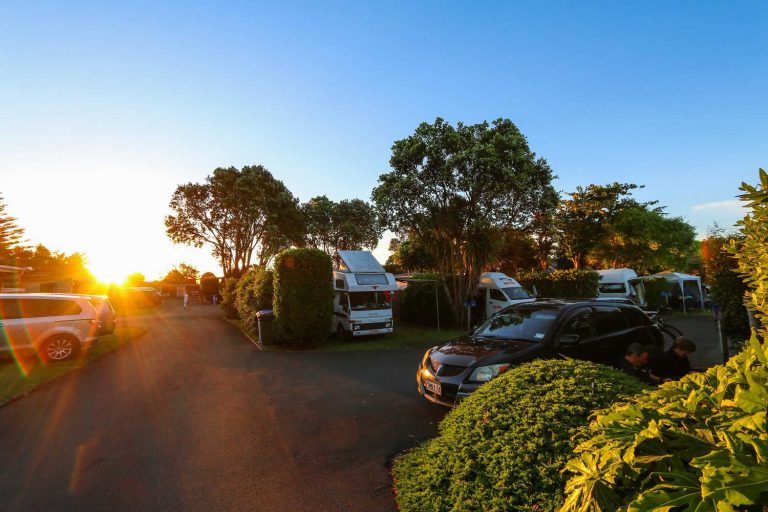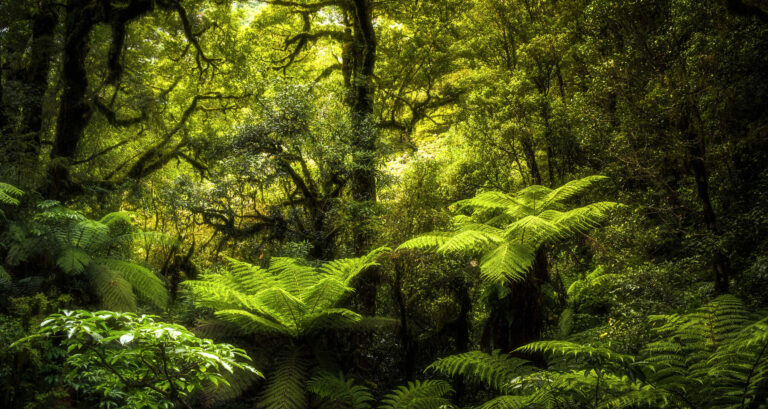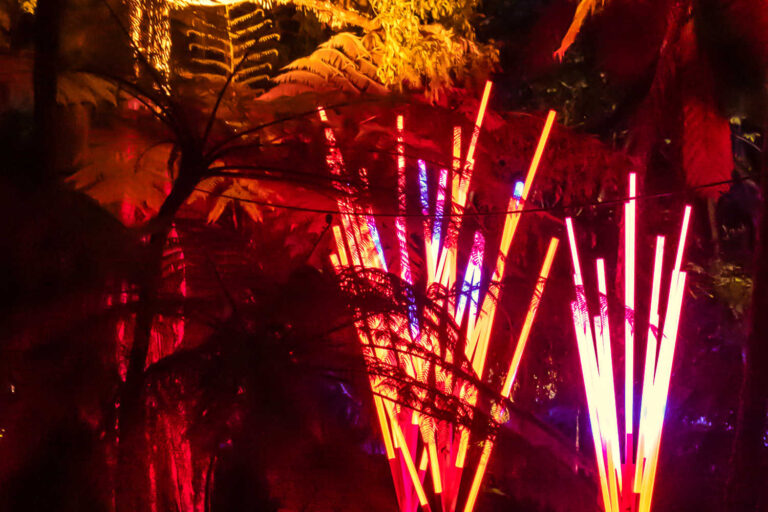Exploring the outdoors is a core part of the holiday experience with New Plymouth / Taranaki offering a range of short easy family walks. Taranaki is home to a number of reserves, wetlands and natural places. Whether exploring the small towns of Taranaki (remember to check out Taranaki’s ‘What’s so great about …) or spending a day finding out what school children have achieved at Newell Lake year round there is something for everyone outside, outdoors.
Wetlands are the lungs of New Plymouth as well as natural water storage areas releasing heavy downpour flows slowly. With less than 10% of wetlands remaining in Taranaki wildlife such as native eels have dramatically plummitted. Native fish lack food resources to survive. Taranaki’s wetlands give back to the community offering natural places to rest, revive and refresh the senses. Visitors get to explore wild places and meet the locals, be they people or flourishing bird life.
1. Barrett Lagoon
Why visit Barrett Lagoon?
Barrett Lagoon is a 36hectare of open space, kauri tree plantation, bush, a wetland area (lagoon), archaeological site and walking tracks. The domain is also a wildlife refuge. Three major walks with side trails exploring the domain.
- Cowling Plantation walk: easy 10 minute loop walk

Fred Cowling memorial seat at the start of the walk acknowledges the role of Fred who planted over 2 hectares of private land in kauri trees. These majestic kauri trees he planted are now more than 50 years old and provide an opportunity to enjoy NZ’s largest trees as they slowly grow.
- Rayward Bush walk: easy 20 minute loop walk
- Lagoon Bush walk: easy 30 minute loop walk
Wildlife refuge
Barrett Domain is a popular wildlife refuge and an invaluable source of food for water birds. It is an important link between the coast and larger tracts of forest and wetland further inland, enabling bird species to move freely across the landscape.
Kororako Pa archaeological site that was once home to Maori chief Ererua Te Puke Ki Mahurangi was added to the domain in 2012. It was previously pasture and has been restored with native plantings.

Named rippling waters or Rotokare. The name Barrett Domain is European settler Richard (Dicky) was gifted the area from Maori chief Ererua Te Puke Ki Mahurangi when he married the chief’s daughter Wakaiwa (Rawinia) in 1828. In the 1900’s a descendent of Barrett donated the land as a reserve to the people of New Plymouth.
2. Rotokare Reserve
Why visit Rotokare Reserve?
To witness the results of a predator proof fence.
One of the larger inlet streams offers a rare chance to sight banded kokopu (adult whitebait) and tuna (eel) in their natural habitat. A double gate system allows entry to the reserve – simply push the entry button for the gates to open automatically.
In 2008 the Rotokare Scenic Reserve Trust completed construction of a predator-proof fence around the reserve. This has created a pest-free sanctuary which provides diverse habitats ranging from the lake itself to the wetlands, swamp forest and bush.
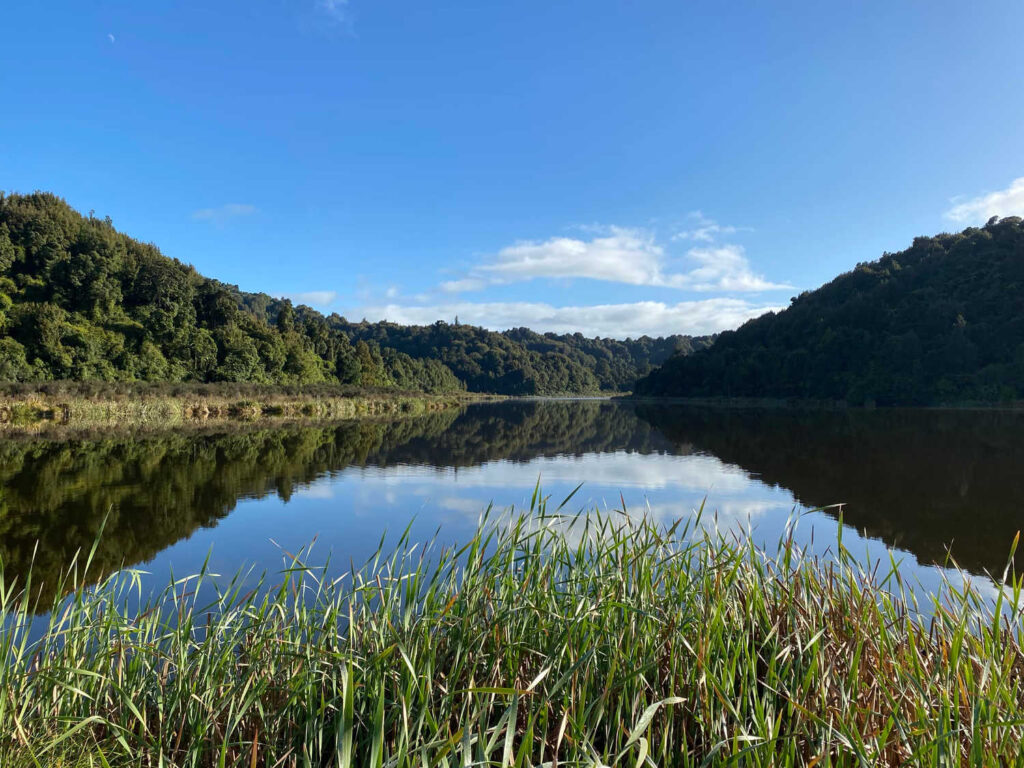
The reserve has a dedicated band of volunteers managing a community lead charitable trust. Boating, water-skiing and kayaking are popular pursuits on the lake, although power craft are excluded from the lake from May to November to protect birdlife.
Rotokare to Eltham
14 km
3. Pukekura Park – TRENDING
Why visit Pukekura Park?
A cultivated space jewell with something for everyone.
If you do not have time to explore the countryside then Pukekura Park is a good substitute. The classic Edwardian Park with its fernery, adjacent garden estate area of Brooklands, home to the TSB Bowl and children’s playground has been awarded the title of Garden of National Significance. The park and adjoining TSB Bowl arena is home to the annual Lights Festival.
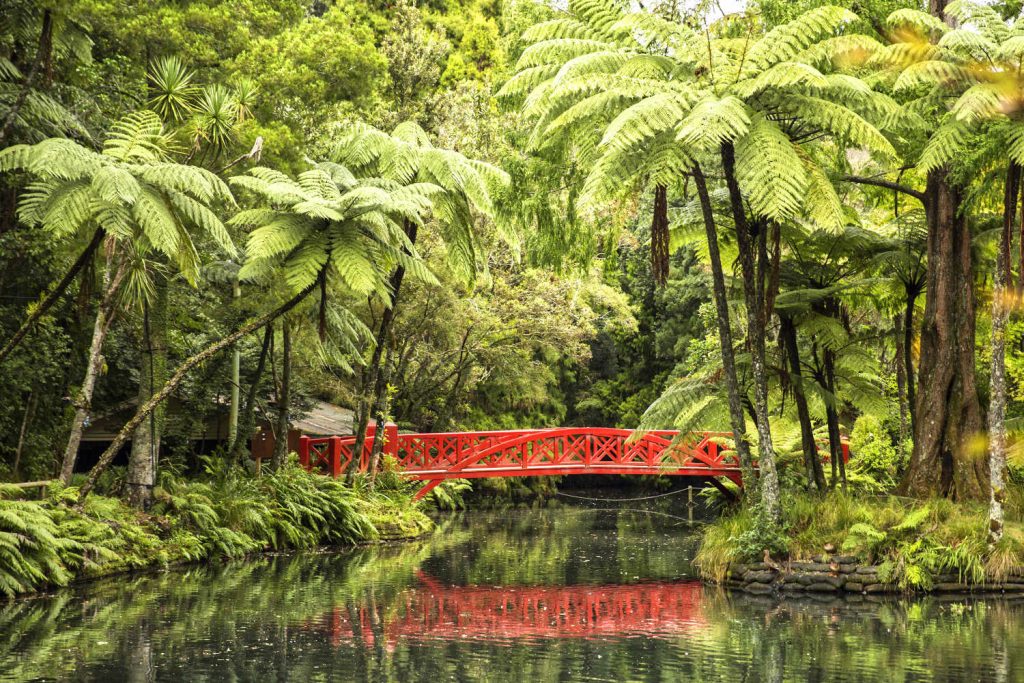
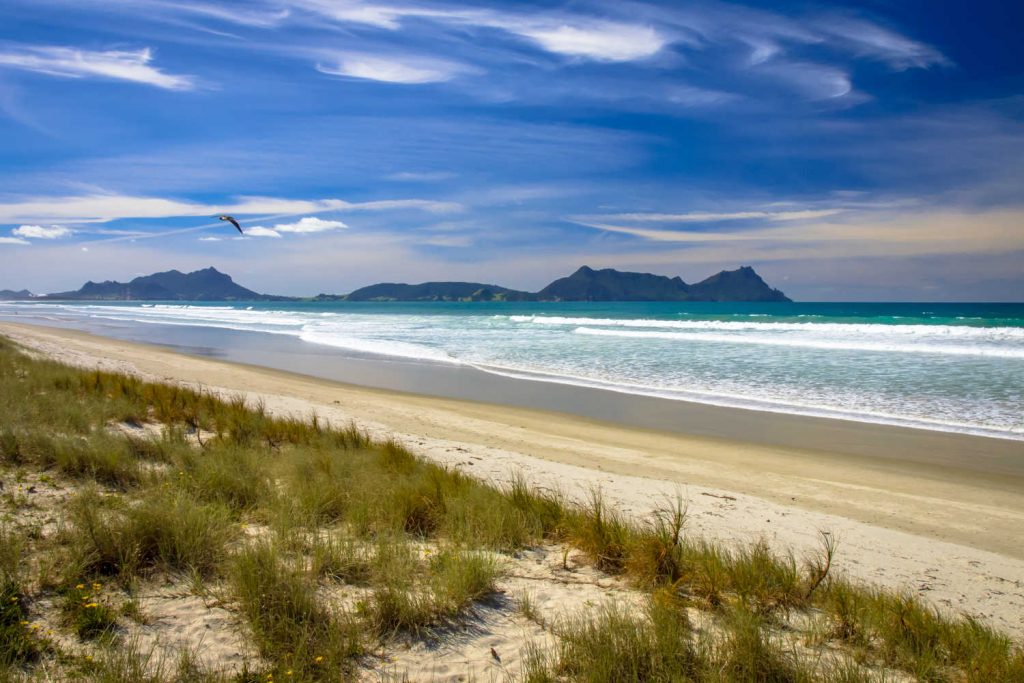
4. Waipu Lagoon & Mangati/Hickford Park Walkways
Why visit this area?
Observe former oxidation or settling ponds and the restoration as natural wetlands on the Mangati / Hickford Park walkway.
Nestled in the urban landscape of Bell Block residential area, is a glorious natural walkway that travels through farmland and coastal plantings. The area has extensive historic significance to the local iwi (tribe) for its archeological sites, food resources and wetlands.
The coastal portion of the reserve is made up of expansive vegetative dunes which increase in size and height to the east. The undeveloped mown pathway that runs along the foreshore provides access to the rocky beach.
Also found at this location are spring-fed wetlands at Waipu Lagoons and the artificial wetlands at the former oxidation ponds, both of which provide habitat for a number of bird and animal species. The Department of Conservation has listed Waipu Lagoons as a protected natural area because of their wildlife values.
Pathway
Mangati stream path connects the area to the residential areas beyond.
Bell Block Beach
This beach provides access for water-based activities, including boat launching. Toilets are available, dogs are permitted on this pathway and there is free parking.
5. Nowells Lake
Why visit Nowells Lake?
Visit and witness magic. A combination of corporate business initiatives, lots of hard work by schoolchildren and volunteers has created a shared narrative where nature is now in charge (with a little help from friends). Fonterra (Dairy Producer) gifted the land to a community conservation project and hundreds of school children, service clubs continue to monitor and contribute time to the lakes.
The patchwork of signs illustrates the diverse nature of the Newell Lakes community. It is a fantastic resource for schoolchildren and visitors to savour the regeneration and get inspired. The lake water naturally seeps into the gullies forming lakes which are purified by the peat subsoil and coastal dunes keep the water levels intact.
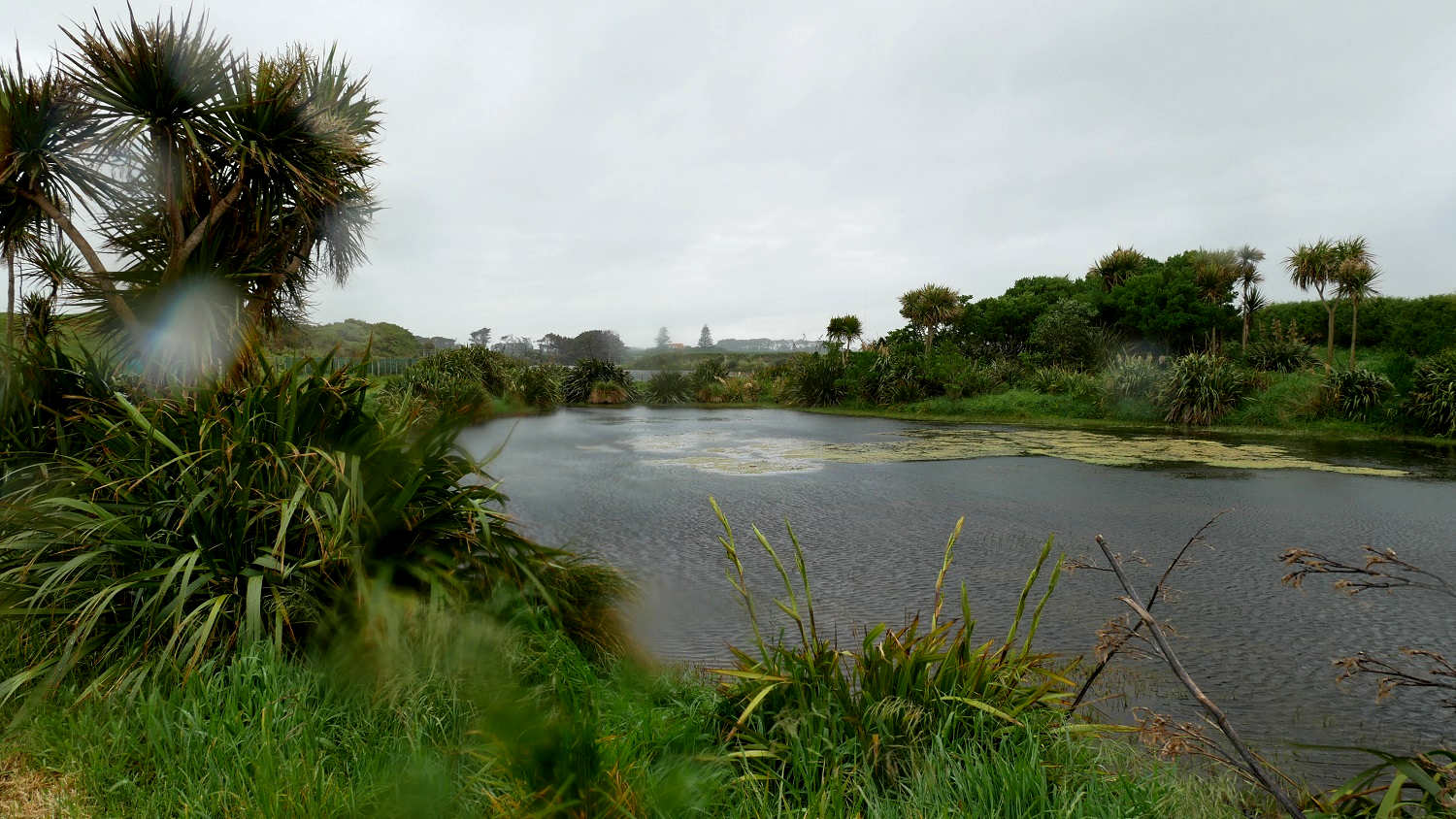
Highlights include
- An insect motel for invertebrates to make themselves at home with spy holes for visitors to peer inside.
- Koura or freshwater crays, birds and plants are flourishing in the windy, dry landscape.
- Swamps and gullies offer visitors a glimpse of native plantings and an environment returning to its natural state.
- Monarch butterflies in spring / summer attract butterflies
- Watch for feeding kingfisher birds
- A picnic where the massive Fonterra plant glimmers in the background looking incongruous yet oddly attractive.
3.7 km
6. Lake Mangamahoe – TRENDING
Why visit a 262 hectare lake whose purpose is to generate electricity?
The lake and surrounding cycling tracks are an excellent example of a shared space with a commercial enterprise. There are also spectacular views of Mount Taranaki. There are several walking tracks around the lake, a bridle path for horses and a shared walkway for cyclists. New Plymouth water catchment dam (1920’s) dammed the Mangamahoe stream drowning 79 hectares. The current lake water source is the original stream and nearby Waiwhakaiho River artificially providing water through pipes. The Mangamahoe Forest was planted as shelter belts and stabilized steep hillsides. Trustpower Ltd administers the Mangorei Power Station.
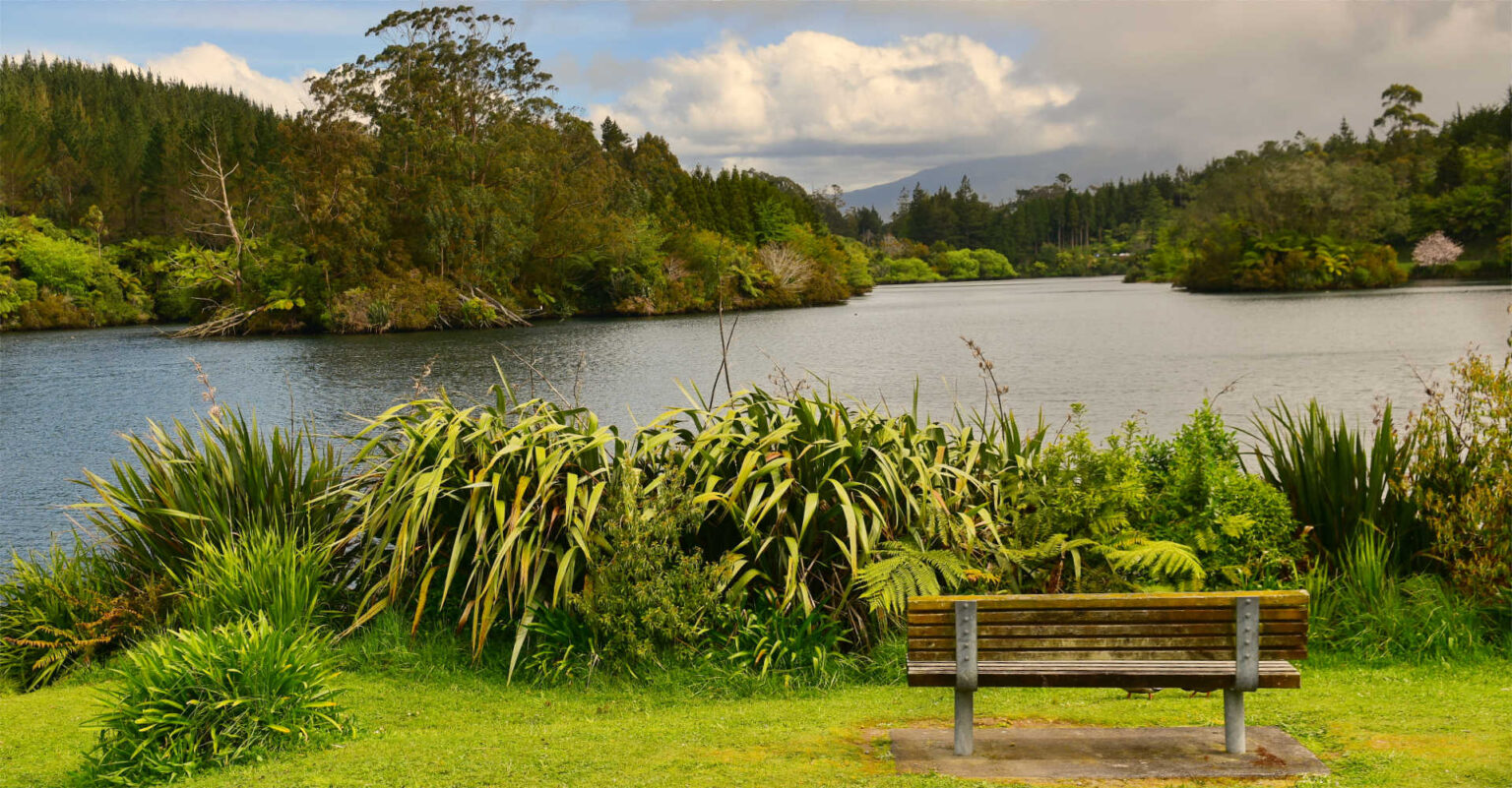
There are mature redwoods on the circuit walk among the regenerating native bush. The circuit walk has two routes, the upper ridge and lower lakeside route which is a meandering walk close to the water’s edge. The upper route reaches the ridge above the lake with its sweeping views.
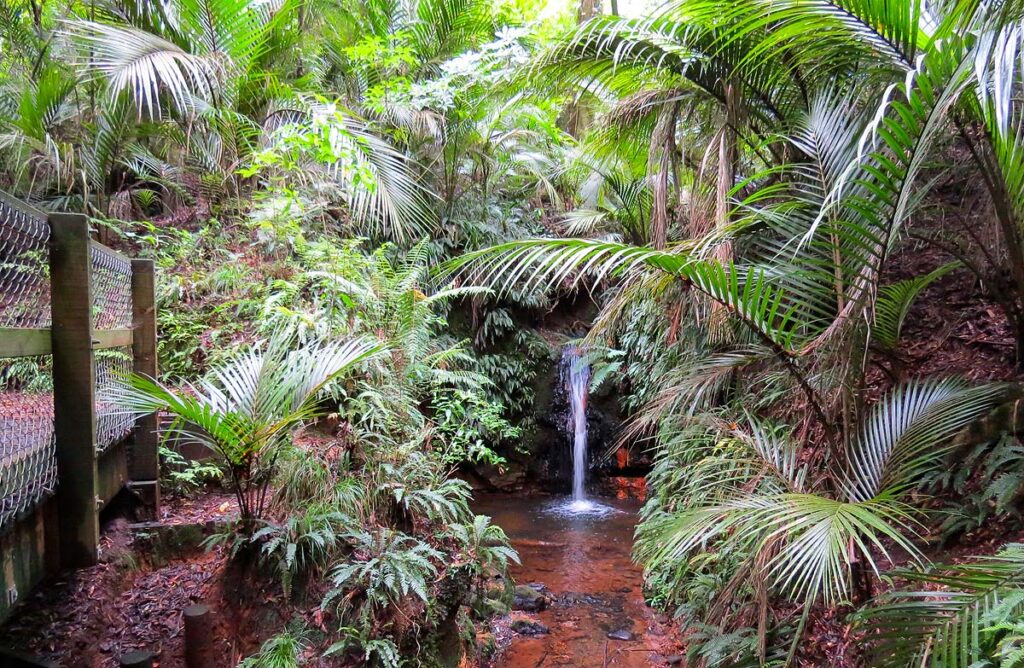
7. Ratapihipihi Reserve walks
Why visit a reserve?
Native bush, regenerating natural places where exploration is a given.
Offers a short easy walk with native lowland bush, relics of nineteenth century timber felling and a pretty waterfall make for an afternoon excursion from New Plymouth.
The name Ratapihipihi is derived from a traditional Maori hunting method. Hunters would attract kaka and other birds by sitting in a tree and making a “pihipihi” call by blowing through a leaf placed in the mouth.
The scenic reserve walk is a 2km loop.
Check DOC resource for up to date information.
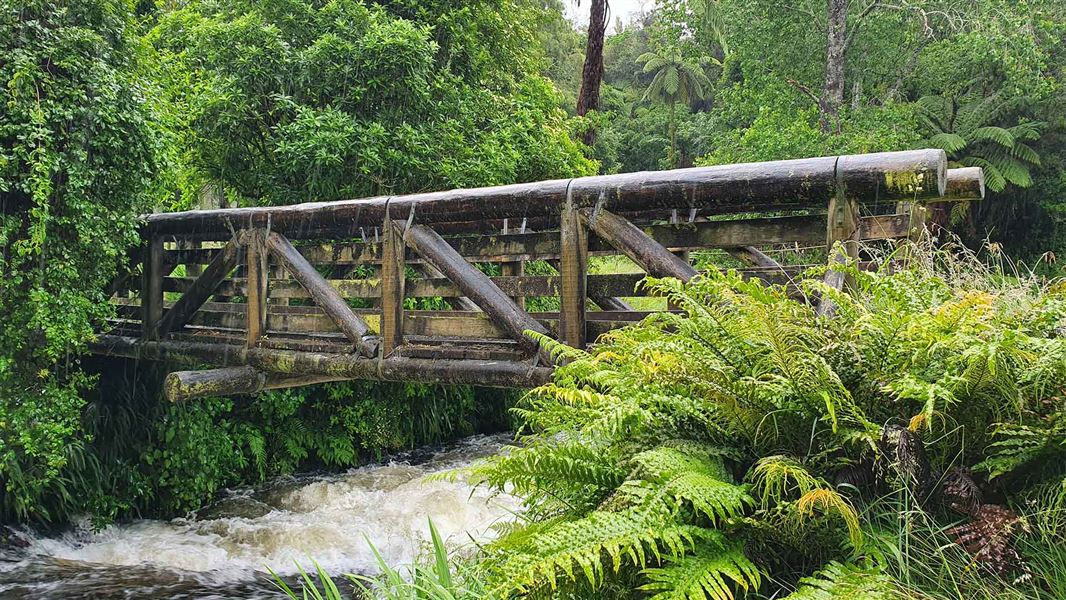
8. Burgess Park (Meeting of The Waters) Araheke Bush Walk
Why visit Burgess Park?
In summer is the opportunity to swim in river swimming holes together with well maintained easy paths. The paths give visitors the chance to observe a river splitting into two. Meeting of the Waters scenic reserve has a swing bridge where tailrace waters of the Mangorei Hydro Station rush underneath. Walk over the bridge and follow the fenceline and beaten track past a stand of totara trees.
Check DOC resource for up to date information.
Araheke Bush track
20 minute walk through mature native trees, including mature totaras. The walk borders a popular swimming hole. Walk on to the swingbridge where a small springed gate opens on to the bridge. The canopy of the podocarp forest is an excellent cool zone in summer and winter where you are sheltered from the rain with a leafy canopy. The Araheke Stream can be heard as it wanders nearby. Continue around the loop and back to the swingbridge.
6km south of New Plymouth
9. Audrey Gale Reserve / Merrilands Domain (formerly New Plymouth Borough Water Supply)
Why visit Audrey Gale Reserve?
The kids are bored, you’re on holiday and here’s a place with a playground and lots of room for kids to explore and there is a river swimming hole. The picnic area was called the Old WaterWorks Reserve until 1989 when its name was changed to the Audrey Gale Reserve in recognition of Audrey Gale, a retired councillor. There are picnic tables, toilets and plenty of space to throw a frisbee. The nearby river provides safe swimming, rock jumping and paddling, while the two barbecue areas, with purpose-built fireplaces and summer houses, are ideal for picnickers.
Dog exercising and horse riding are encouraged on the right hand side of the reserve. The park has plenty of natural shaded areas featuring native bush growing alongside introduced planting. Listen for the bird life, especially in spring in the mating season.
For kids with an archeological bent go fossicking for evidence of the old water works. The clue is the east corner of the park. When first commissioned in 1883, the works pumped enough from the Waiwhakaiho River to service the residents of the fast growing town of New Plymouth.
3km from New Plymouth
Getting there
For more information about what to do and see in Taranaki check out New Plymouth travel guide as well as the regional guide Taranaki attractions.
TRAVEL PACK INFORMATION
Why visit Te Wairoa reserve?
Make your holiday about volunteering.
North Taranaki owns and maintains two reserves in the area: Te Wairoa is a 5 hectare, publicly accessible area of bush surrounded by farmland. It is home to a wide range of native birdlife. Trapping is done by volunteers on a regular basis. The effects of in-fill planting and weeding are showing with re-vegetation beginning to show.
Branch Activities
The branch holds monthly working bees in the Te Wairoa reserve to clear the area of invasive weeds.The branch also has a full calendar of exciting events and outings planned. Anyone is welcome to join and come along. Many activities such as the planting days are open to the public so get in touch to find out more.
BEST BITS TRAVEL GUIDE.


